If you are familiar with rat rods the term may conjure images of Mad Max and the over-the-top rust-buckets that sped through the desert in the never-ending chase scene that comprised the entire movie.
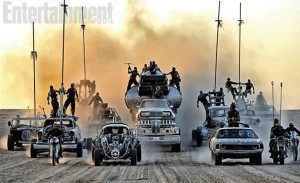
To many, they are cosmetically and mechanically cobbled together machines from repurposed parts used in new and creative ways. Most are exaggerated, twisted versions of 1950s jalopies. The rat rod design, and resulting cultural movement, began with the idea that well-made cars could be constructed from parts that were cheap and easily accessible. If someone had the skills, they could create a fun and functional set of wheels. Unlike most hot rods – that are coveted possessions, more collector’s items than transportation – the spirit of rat rods was to bring auto making back to the era of do-it-yourself craftsmanship. They embody stripped away utilitarian functionality coupled with an abundance of individual style and flare.
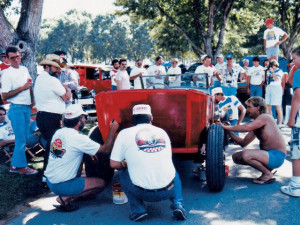
It is commonly agreed that the rat rod movement was inspired by Jim “Jake” Jacobs, when he took spare parts that he had around and assembled what has since been dubbed the “Jakelopy” and drove it to the Goodguys’ annual West Coast Nationals in Pleasanton, CA. It was unfinished, inside or out, but he parked in the center of the hot rod show, pulled out a bucket of paint and began painting. His intention was to illustrate that making and driving the cars was supposed to be accessible and fun.
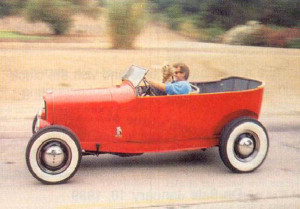
In the early 1990s the 1932 Ford roadster know as “Eights and Aces” – belonging to painter, cartoonist, and auto enthusiast Robert William – inspired more people to go out and make rat rods of their own. Shortly thereafter came Mark Idzardi’s Purple People Eater that appeared on the cover of Rod & Custom and the rat rod movement exploded nationwide. The rat rod movement continued to grow and evolve over the following decades with magazines, car shows and television series.
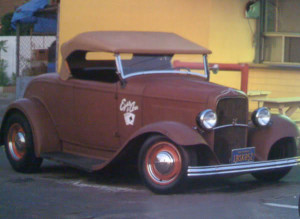
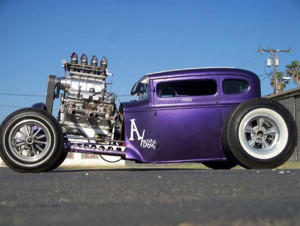
While modern rat rods are sometimes synonymous with shoddy work and truly unsafe to drive anywhere, others have held true to what inspired them in the first place: accessible and fun transportation assembled with quality craftsmanship and creativity. One great example is Mike Partyka’s highly modified ‘31 Ford Model A pickup. Maybe with the newest installment of Mad Max more people will get turned on to the idea of making their own rat rod and contributing to the movement.
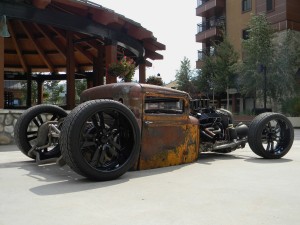
References
http://www.bloomberg.com/news/articles/2015-05-12/every-killer-car-in-mad-max-fury-road-explained
http://ratrodsrule.tumblr.com/
http://robtwilliamsstudio.com/
http://www.topgear.com/car-news/movies/exclusive-cars-mad-max-fury-road
http://vehicleshowcase.madmaxmovie.com/

1 Comment. Leave new
Absolutely love the rat rod aesthetic, all the power and style of a hot rod but in its natural, born to have the wheels driven off, state. Where the cost of a fully built hot rod can run into the hundreds of thousands, rat rods are a cheaper more accessible foray into hot rod culture.